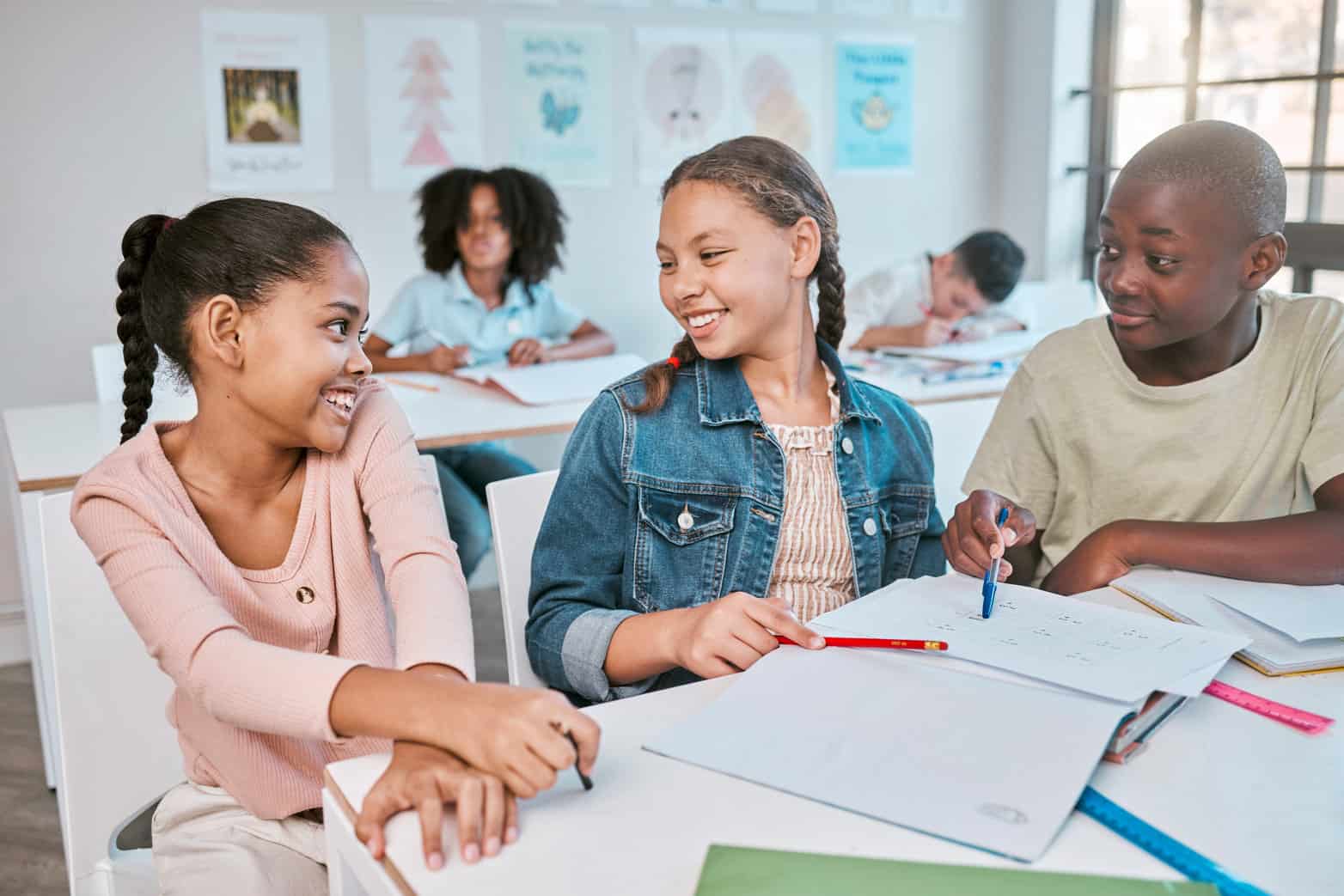Author: Abigail Amoako Kayser, Ph.D. is an Assistant Professor at the College of Education at California State University, Fullerton in the Department of Elementary and Bilingual Education. She is a Fulbright Scholar and a former elementary teacher. Through her research and teaching, she aims to advance our understanding of how teachers ensure equitable, just, and anti-racist educational experiences and outcomes for historically resilient students in the U.S. and Ghana.
Reimagining how to foster academic success in the classroom and document students’ growth
“Teachers genuinely believe in the intellectual potential of these students [of color] and accept, unequivocally, their responsibility to facilitate its realization without ignoring, demeaning, or neglecting their ethnic and cultural identities. They build toward academic success from a basis of cultural validation and strength” (Geneva Gay, 2001).
Within the field of education, “academic success” is a widely used construct that is equated to “student achievement” and often linked to students’ performance on standardized test scores. This narrowed definition of academic success justifies the school failure of Black students and students learning English and shifts the blame to students, their families, and communities.
In her seminal article, “But That’s Just Good Teaching! The Case for Culturally Relevant Pedagogy,” Dr. Ladson-Billings stated that “despite the current social inequities and hostile classroom environment, students must develop their academic skill” (p. 160). In 2014, she clarified that her stance on “academic success” must center “the intellectual growth that students experience as a result of classroom instruction and learning experience” (p. 75).
The measure of academic success should not be solely based on test scores from standardized tests and other traditional definitions of success. Educators and researchers have recognized that White middle-class standards are often set as the benchmarks of success. Schools typically expect all students, regardless of their background or culture, to assimilate to these standards. While Dr. Ladson-Billings and other scholars have affirmed that it is important for all students to have exposure to and know how to navigate the dominant culture, all educators must strive for equity within the traditional definitions of academic success, thus expanding the definition in broader and richer terms to center student learning and academic growth over time.
To move toward equitable educational outcomes for Black students and students learning English, we must reimagine how to foster academic success in the classroom and document students’ growth. To do this, we must shift toward measuring “academic success” through a range of different means, including but not limited to project-based learning, portfolios, and student reflection. Building academic success requires that teachers take responsibility for their students’ learning, create and sustain learning partnerships with students and families, and build students’ agency in their learning while consistently calling out and mitigating the structural racism and injustices that limit historically resilient students’ academic growth.
What are we learning?
Through our work with educators, we have noted several practices that speak to how they foster academic success with their historically resilient students. It is important to note that these educators highlighted the interwoven nature of high-quality instructional materials (HQIM) and teacher practices in fostering student learning and academic growth and success. Below, we provide some examples of how educators have engaged standards-aligned instructional materials in service of culturally relevant instruction and an expanded definition of academic success.
Teachers who embrace cultural relevance believe that historically resilient students have what it takes to succeed, hold high expectations for them, reaffirm their humanity, and create opportunities to experience learning growth. For example, in a conversation with one of the educators, she noted that:
“We need to make sure that our actions as educators are never putting barriers in front of students, and in fact, we are pushing them to shatter glass ceilings, regardless of any label that society may put on them. I think my purpose [as an educator] is to make sure that all of our students succeed beyond our expectations, but especially our students of color who usually are counted out of advanced classes and advanced opportunities.”
Teachers we spoke to know where their students’ strengths and areas of weakness are and use them as a starting point when teaching. This deep knowledge of students is based on a genuine commitment to students’ academic success and requires an investment in every student in the classroom. For example, one teacher described her interactions with students during a math lesson. She noted that:
“I’m able to identify which students really understood the task at hand, and which students really need to be extended a challenge because they kind of had a firm grasp on the content. Then I ask myself, “What students do I need to revisit some previous learning because they may be missing some of those foundational pieces that I need to build on so that they can access the materials on the grade level that I’m presenting?”
Another teacher stressed the importance of checking for students’ understanding of the content before moving on to new materials. This teacher noted that:
“I need that time to come back with them and go over the assignment and talk about those mistakes and help them fix it, and talk about error analysis, things like that.”
Here, we see the teacher taking ownership of and demonstrating a commitment to student learning and academic growth when students do not fully understand the content and dedicating time to reteach and provide scaffolds until the content is understood. This kind of messaging can signal to students that their teacher is invested in them.
As we’ve learned more about the practical applications of Dr. Ladson-Billings’ work, we’ve come to understand how academic success, particularly viewed through the lens of student growth, can’t be defined by a test score or even by successful completion of an assignment. Teachers who embody this understanding move past these limited definitions of academic success to see how their academic learning and growth have evolved over time. This means they scaffold tasks based on what their students bring to the classroom and use assessment as a tool to understand what their students know and can do, not as a way to identify gaps to fill.
Significant time is spent understanding students’ prior knowledge and the grade-level learning targets to craft instruction that is meaningful for all students. Standards-aligned instructional materials have the potential to play an essential role by clearly defining grade-level targets and offering carefully designed activities that may be adapted to meet the needs of all learners. When standard-aligned instructional materials are used in conjunction with culturally responsive pedagogy, we are learning that both student engagement and learning experiences expand across the students’ range of growth and potential. We hope you continue on this journey with us as we explore how teachers work with standards-aligned materials in service of the other aspects of culturally relevant pedagogy.
References
Ladson‐Billings, G. (1995). But that’s just good teaching! The case for culturally relevant pedagogy. Theory into practice, 34(3), 159-165.
Ladson-Billings, G. (2014). Culturally relevant pedagogy 2.0: aka the remix. HarvardEducational Review, 84(1), 74-84.





